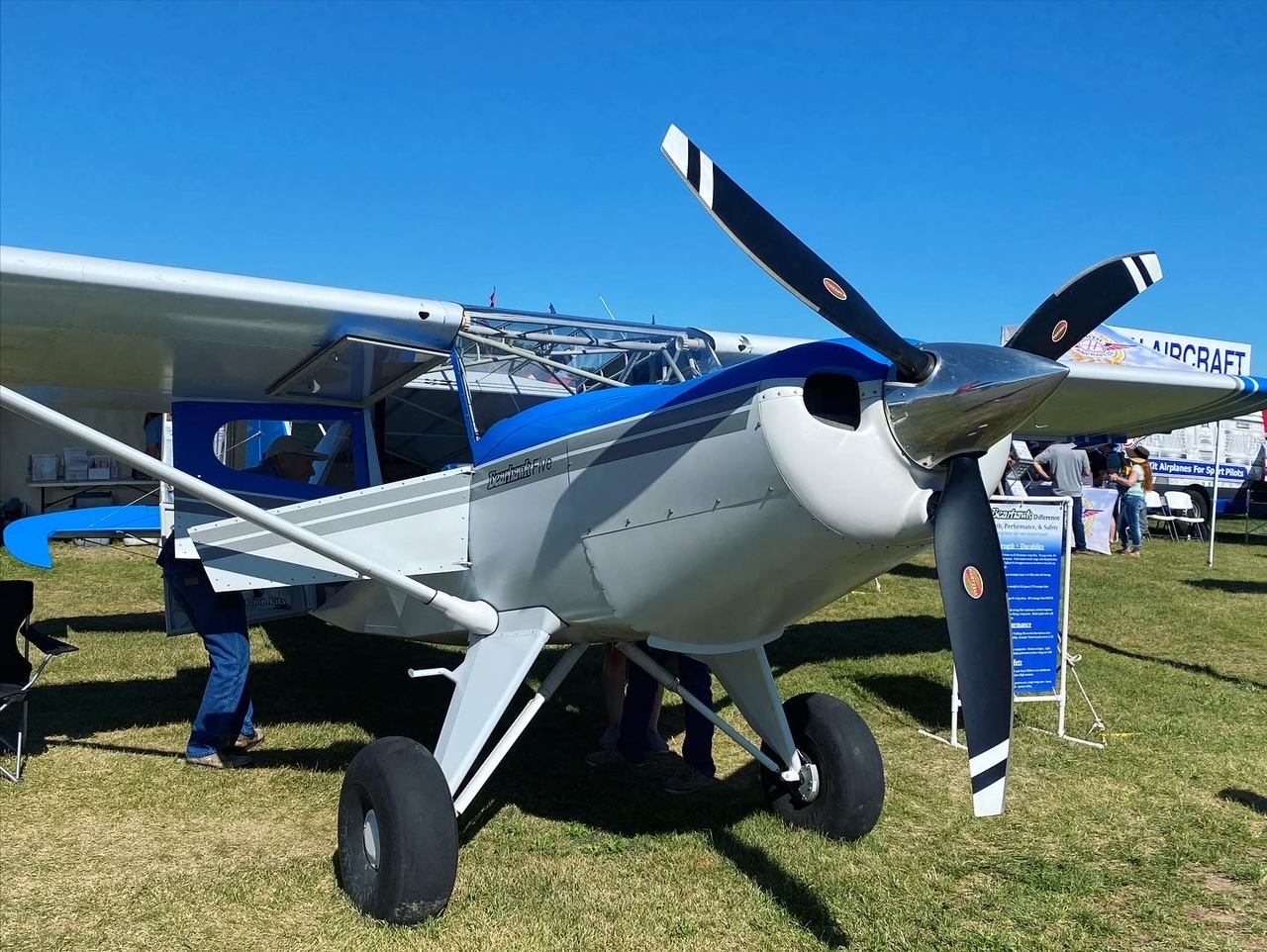
Aircraft noise management is a hot topic in the aviation world. According to the International Civil Aviation Organization (ICAO), aircraft noise is considered to be “the most significant cause of adverse community reaction related to the operation and expansion of airports.”
But what exactly is aircraft noise, and why does it matter? Here’s a closer look:
General aviation aircraft generate sound — but it may be less than you’d think. AOPA notes that a typical piston-powered single-engine airplane in flight generates around 65 decibels of sound compared to 85 decibels for average street traffic and 140 for an ambulance siren.
So, what makes a sound noisy? Noise can be defined as an unwanted or undesirable sound that interferes with speech or hearing. It’s important to understand that “aircraft noise” is both objective and subjective.
As a pilot, the sound of a light airplane buzzing overhead is like music to your ears. But non-aviators living or working near an airport may find it distracting, stressful, or simply annoying. Considering this perspective is helpful when it comes to addressing aircraft noise.
Nobody wants a noisy neighbor, and this is especially true at small general aviation airports. Reducing aircraft noise complaints is key to building positive relationships with surrounding community members and ultimately preventing potential airport shutdowns.
To be a good general aviation citizen, make it part of your flight planning to look up any noise abatement procedures in effect at the airports where you’ll fly. Local airports are essential to the future of GA, and we want to keep them around!
Noise awareness is important in off-airport operations, too. The Recreational Aviation Foundation (RAF) has been working diligently to educate pilots on how to preserve a safe, courteous environment for people and wildlife alike.
The RAF has even conducted scientific research into the noise effects around backcountry airstrips. A recent study determined that there’s no significant increase in stress levels among wildlife due to recreational aviation activity at backcountry airstrips compared to similar activities such as camping and motorized access to campgrounds and trailheads. When operated respectfully, recreational aircraft remain one of the lowest impact ways to access remote areas in the backcountry.
The RAF’s recommendations for backcountry aviators include maintaining reasonable distance and altitude and reducing noise signature to a safe minimum around backcountry strips.
Being a good steward to other recreators and the environment goes a long way in protecting beloved backcountry airstrips and even opening new ones!
Stay tuned for our next article on aircraft noise reduction, where we’ll cover how some of the advances in aircraft propeller design are helping to lower noise signatures.